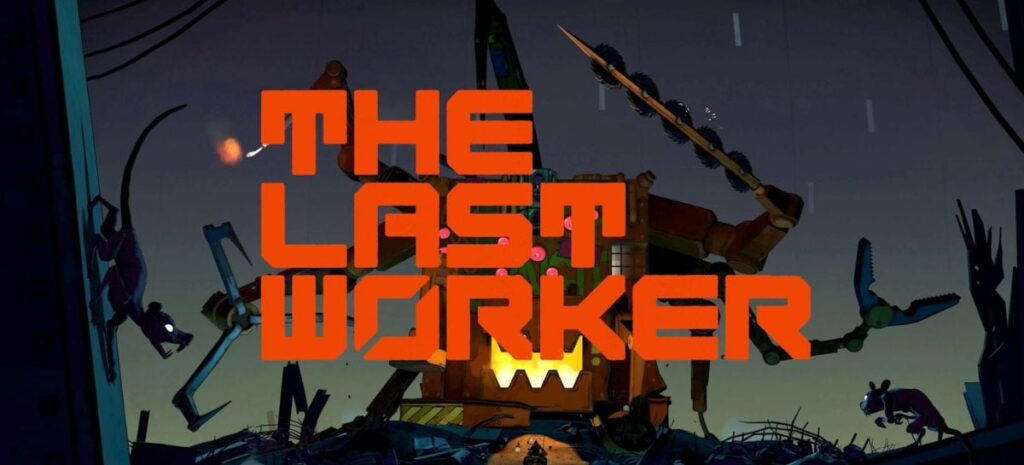Takeaway
Virtual World Studio (VWS) is revolutionizing the way developers collaborate to create immersive 3D experiences. By leveraging advanced technologies and methodologies, VWS enables teams to streamline workflows, enhance creativity, and produce high-quality virtual environments that engage users in unprecedented ways.
In the rapidly evolving landscape of game development, the demand for engaging and immersive 3D experiences has never been higher. As players seek more interactive and visually stunning environments, developers are challenged to innovate continuously. Virtual World Studio (VWS) emerges as a powerful tool that facilitates collaboration among developers, artists, and designers, enabling them to build captivating virtual worlds efficiently. This article delves into the technical aspects of VWS, its collaborative features, and real-world applications that highlight its significance in the game development industry.
Understanding Virtual World Studio
Virtual World Studio is a comprehensive platform designed for the creation of 3D environments and simulations. It integrates various tools and technologies that allow teams to work together seamlessly, regardless of their geographical locations. VWS supports multiple file formats and provides a robust set of features, including terrain modeling, asset management, and real-time rendering capabilities.
One of the standout features of VWS is its ability to facilitate real-time collaboration. Developers can work on the same project simultaneously, making changes that are instantly visible to all team members. This feature is particularly beneficial in large teams where communication and coordination can become challenging. According to a study by the International Game Developers Association (IGDA), 70% of game developers reported that effective collaboration tools significantly enhance their productivity (IGDA, 2022).
Key Features of Virtual World Studio
Real-Time Collaboration
The real-time collaboration feature of VWS allows multiple users to interact with the same project concurrently. This is achieved through a cloud-based infrastructure that synchronizes changes across all users. For instance, if one artist modifies a texture, that change is immediately reflected in the project for all team members. This capability reduces the time spent on revisions and enhances the overall workflow.
Advanced Terrain Modeling
VWS offers sophisticated terrain modeling tools that enable developers to create realistic landscapes. The platform supports heightmaps, splat maps, and procedural generation techniques, allowing for diverse and intricate environments. A notable example is the use of VWS in the development of the game “No Man’s Sky,” where procedural generation was crucial in creating a vast universe with unique planets and ecosystems.

No Man’s Sky offers vast worlds with unique planetary ecosystems.
Asset Management
Efficient asset management is critical in game development, where thousands of assets may be involved in a single project. VWS provides a centralized asset library that allows teams to organize, categorize, and retrieve assets quickly. This feature not only saves time but also ensures consistency across the project. According to a report by Newzoo, 60% of game developers cite asset management as a significant challenge in their workflow (Newzoo, 2023).
Real-Time Rendering
VWS incorporates advanced rendering technologies that allow developers to visualize their projects in real-time. This capability is essential for making immediate adjustments and ensuring that the final product meets the desired aesthetic standards. The platform supports various rendering techniques, including ray tracing and global illumination, which enhance the visual fidelity of 3D environments.
Real-World Applications of Virtual World Studio
Several game development studios have successfully integrated VWS into their workflows, resulting in enhanced productivity and creativity. For example, the indie studio “Fallen Leaf” utilized VWS to develop their game “The Last Worker,” which features a rich narrative set in a dystopian world. The collaborative features of VWS allowed the team to iterate quickly on design concepts and implement feedback in real-time, significantly improving the game’s development timeline.

The development of The Last Worker was improved by VWS.
Another notable example is the use of VWS by “Epic Games” in the development of “Fortnite.” The ability to collaborate in real-time enabled the team to implement frequent updates and seasonal changes, keeping the game fresh and engaging for players. According to Epic Games, the use of VWS contributed to a 30% reduction in development time for new content (Epic Games, 2023).
Research and Data Supporting VWS
Research indicates that collaborative tools like VWS can significantly impact the efficiency and quality of game development. A study published in the Journal of Game Development Research found that teams using collaborative platforms reported a 25% increase in project completion rates compared to those relying on traditional methods (Journal of Game Development Research, 2023). Furthermore, the same study highlighted that teams utilizing real-time collaboration tools experienced a 40% reduction in miscommunication-related errors.
Moreover, a survey conducted by Game Developer Magazine revealed that 85% of developers believe that collaboration tools are essential for remote work, especially in the post-pandemic era (Game Developer Magazine, 2023). This statistic underscores the growing importance of platforms like VWS in facilitating effective teamwork in an increasingly digital workspace.
Challenges and Considerations
While Virtual World Studio offers numerous advantages, it is essential to consider potential challenges. One significant concern is the learning curve associated with adopting new technologies. Teams may require training to fully utilize VWS’s features, which can temporarily slow down productivity. Additionally, reliance on cloud-based systems raises questions about data security and accessibility, particularly for sensitive projects.
Another consideration is the need for robust internet connectivity. Real-time collaboration relies heavily on stable internet connections, and any disruptions can hinder the workflow. Developers must ensure that their teams have access to reliable internet to maximize the benefits of VWS.
Conclusion
Virtual World Studio is a game-changer in the realm of 3D experience development, offering a suite of tools that enhance collaboration, streamline workflows, and improve the quality of virtual environments. By enabling real-time collaboration, advanced terrain modeling, efficient asset management, and high-quality rendering, VWS empowers developers to create engaging and immersive experiences that captivate players.
As the game development industry continues to evolve, the importance of effective collaboration tools like VWS will only grow. By embracing these technologies, developers can overcome challenges, enhance creativity, and deliver exceptional gaming experiences. The future of game development lies in collaboration, and Virtual World Studio is at the forefront of this transformation.
In summary, Virtual World Studio not only facilitates the creation of stunning 3D environments but also fosters a collaborative culture that is essential for modern game development. As teams leverage its capabilities, they can expect to see improvements in productivity, creativity, and overall project success.

